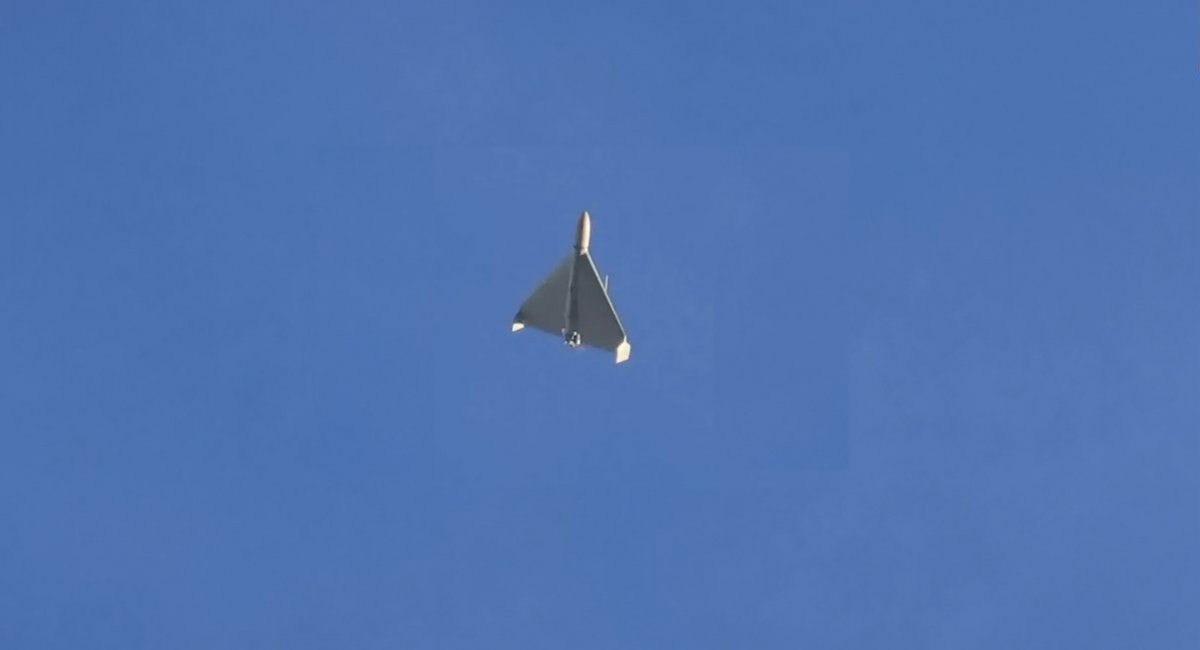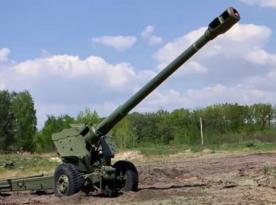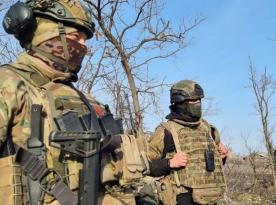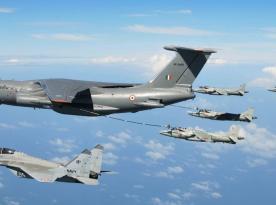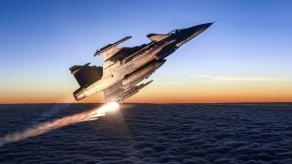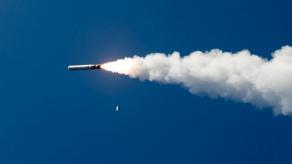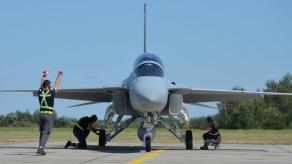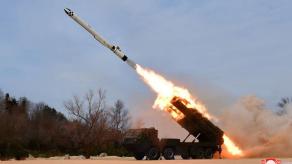During a large-scale combined attack on August 26, the enemy launched over 100 drones and more than 100 missiles of various types. But while the missile threat mostly lasted just a few hours in the morning, the enemy launched strike UAVs during the night, and they remained airborne for a long time, causing the air raid alert in the central regions to last over 14 hours.
For example, in the Poltava region, the threat was declared at 00:58 and canceled only at 15:08; in the Cherkasy region, from 02:09 to 15:31; in the Kyiv region, it ended at the same time but started at 02:51. According to the official statement from the Air Forces, the cause of this was a strike UAV that was moving towards Bila Tserkva around 15:00. Around 14:00, there were still three groups of russian drones flying in the central regions of Ukraine.
Read more: Ukrainian Drones Target russian Strategic Bomber Base During the Attack on Ukraine (Videos)
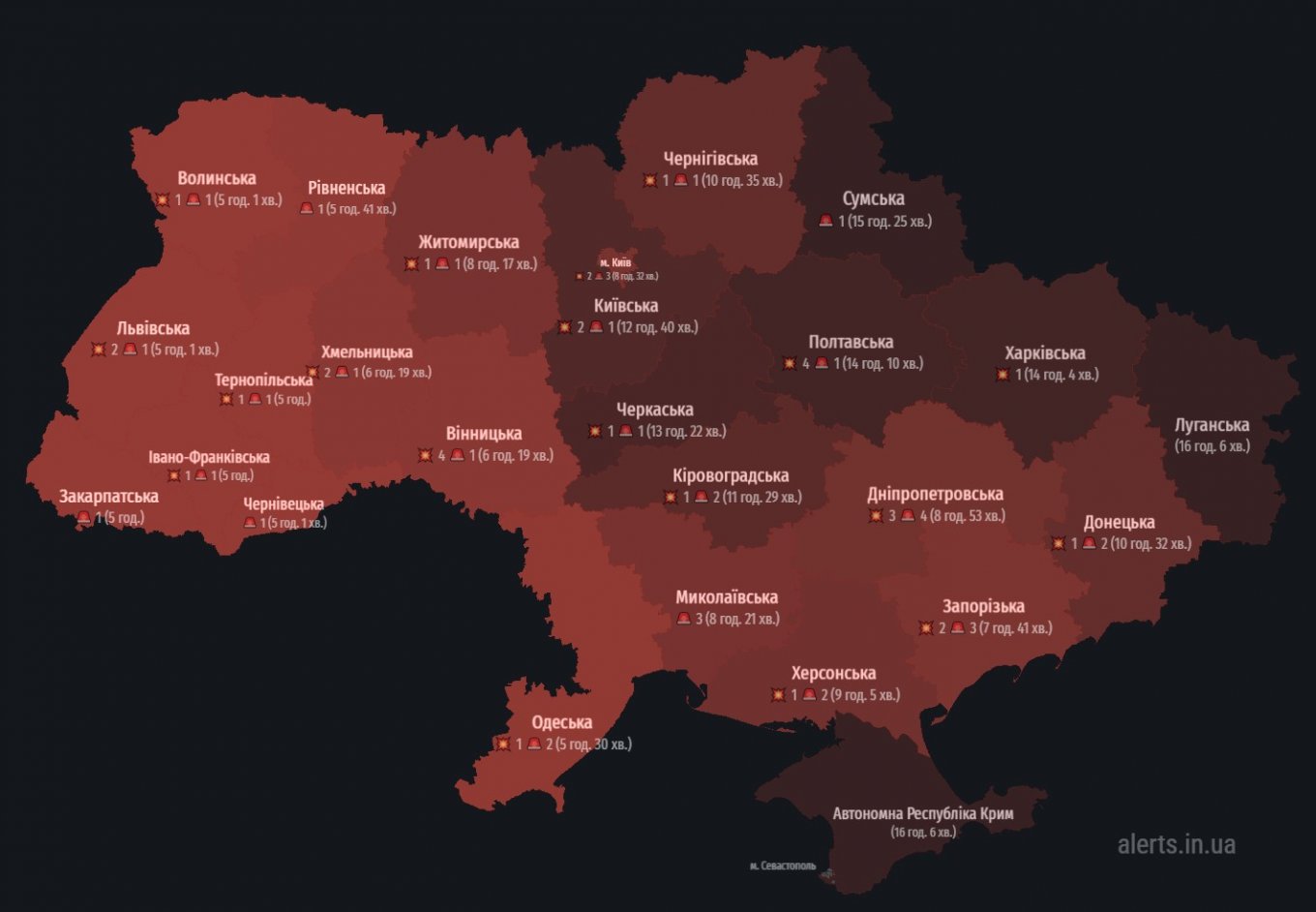
Against this backdrop, it becomes evident that one of the tasks of some drones was to directly divert the air defense forces and resources. Therefore, one might question how long a Shahed-136 type drone can remain in the air.
Specifically, recommendations for the Ukrainian Defense Forces regarding the Shahed-136 indicate that its cruising speed is 180 km/h, with a flight range listed as 1500 km. This means the approximate time in the air for a Shahed-136 is nearly 8.5 hours. However, Western sources also report a flight range of 2500 km for the Shahed-136, which, at the same cruising speed, would imply a flight time of up to nearly 14 hours.
Also, from this range, one must subtract the time required for the drone to reach the controlled airspace of Ukraine. In the case of a launch from Cape Chauda in the currently occupied Crimea, this is about 300 km, and only 200 km if launched from Primorsko-Akhtarsk. Therefore, this affects the possibility of flying to distract Ukrainian air defense, ranging from 6.5 to 12.5 hours, depending on the actual flight range and launch location.
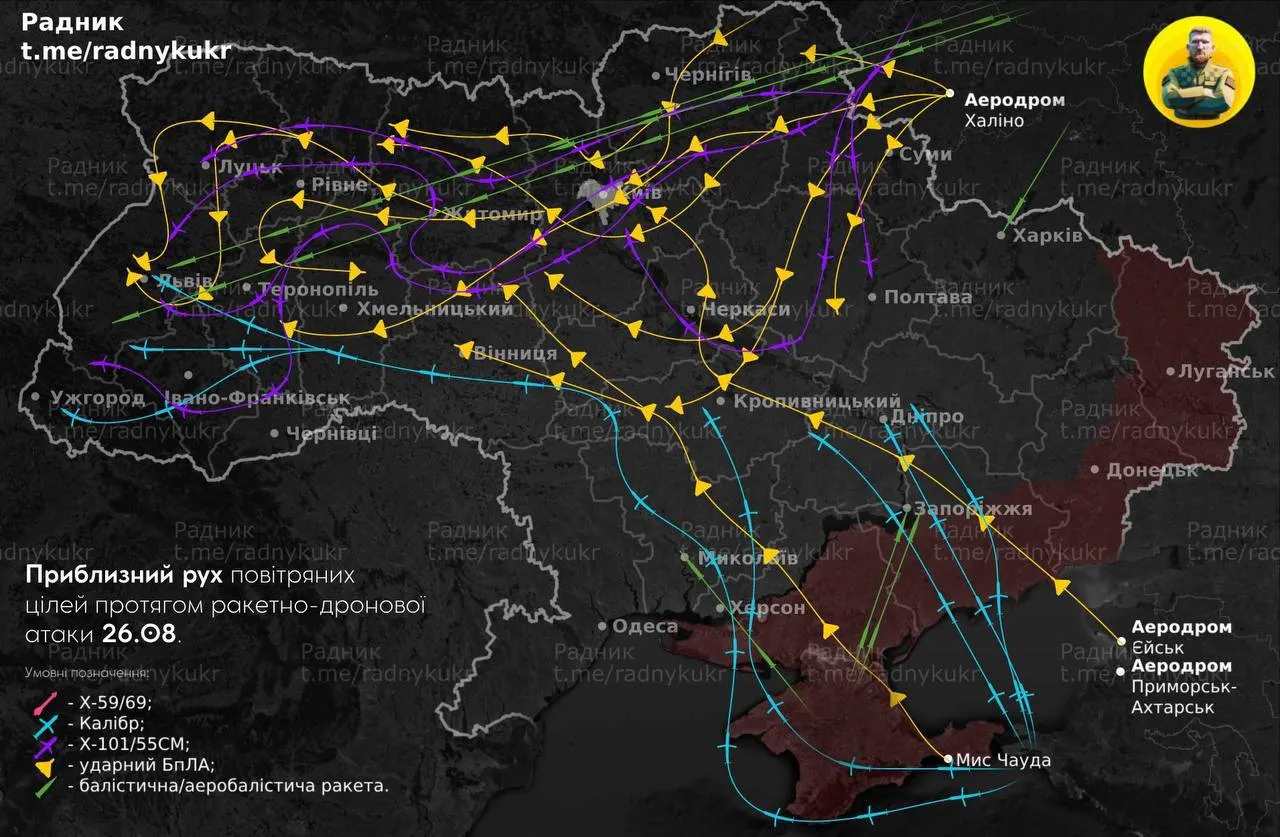
At the same time, it is possible that for such diversion tasks, russia might use special drones like the Gerbera, which carry no warheads and are designed to act as decoys. The range and airtime of these UAVs are currently unknown.
Read more: Shahed-136's New 90-kg Warhead and Other Findings of the Alabuga Data Leak




